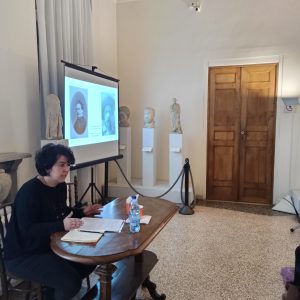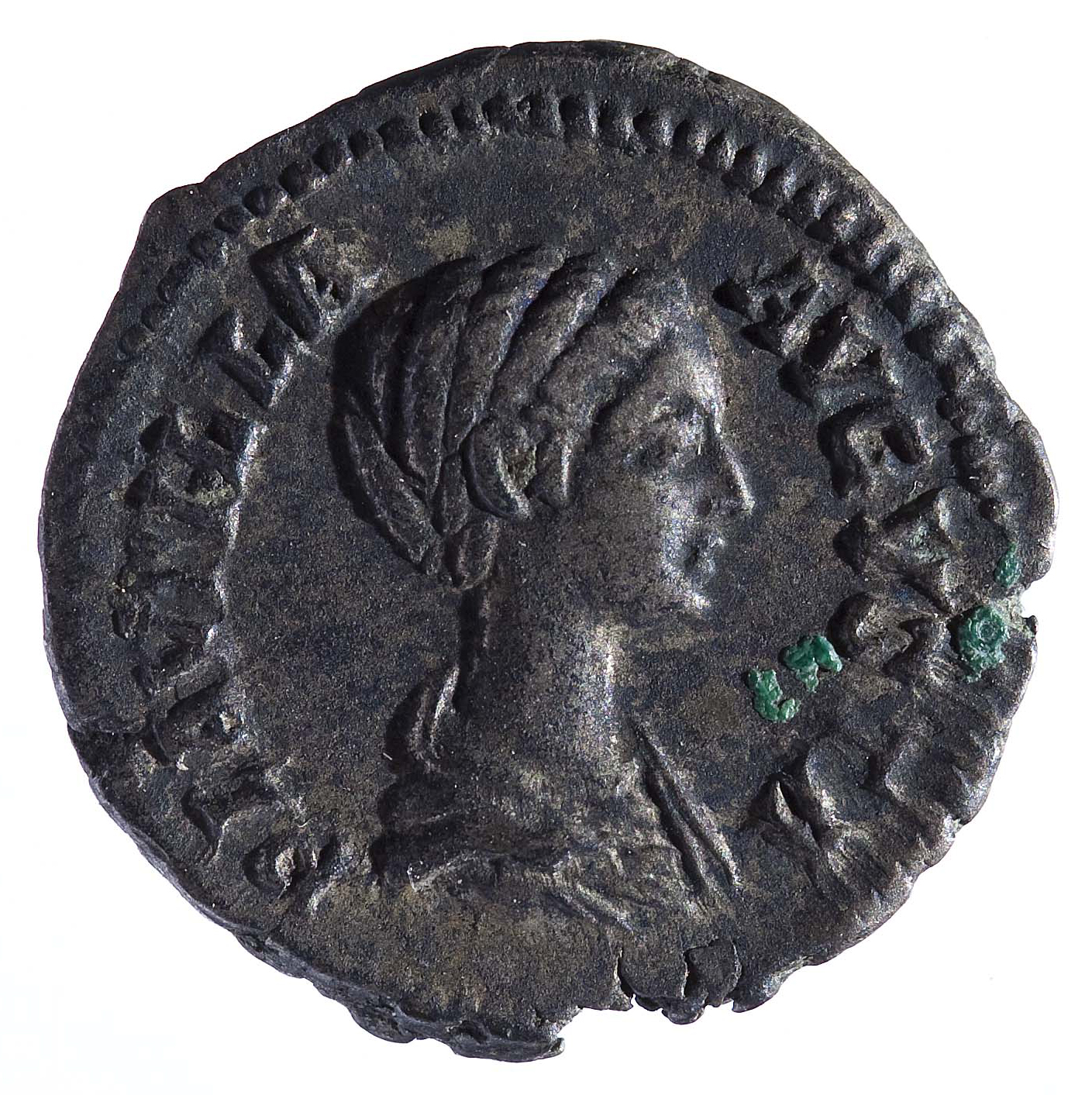
Stories of St. Mark’s Square – Giacomo Boni, the Stephen Hawking of the archaeologists
by Myriam Pilutti Namer
A talented young man who was born in Venice and became a successful archaeologist in Rome. That’s how Giacomo Boni (Venezia 1859-Roma 1925) would have defined himself as a building site worker, an architect (not graduate), an official of the Ministry of Education, day-dreamer, scientist, archaeologist, botanist, seer, legend, and today myth. Versatile and brilliant pioneer, Boni is one of the most prominent archaeologists in Italy, above all the fact that his figure inspires new generations and causes debate among the old ones is the evidence of his all-sided character (according to Daniele Manacorda’s definition), which is in common with his master John Ruskin.

Professor Myriam Pilutti Namer at the National Archaeological Museum of Venice
Intellectuals of the twentieth century, architects, and archaeologists in the first place, all had to deal with this cumbersome character, capable of arousing a constant debate on the role he played in fueling the fascist myth of Rome but also on the definition of the contribution he made to the development of the archeology as a science. Architect/archaeologist who excavated the foundations of the bell tower of San Marco in Venice and, above all, the one who led the largest excavation project at the Forum and the Palatine Hill in Rome, Boni “made himself” with talent and perseverance, deserving (after thirty years of apprenticeship and job insecurity) not one but two honorary degrees, from the University of Oxford and Cambridge. In recent years we have witnessed a veritable flowering of studies on Giacomo Boni, culminating in the latest exhibition held at the Colosseum Archaeological Park. And for 2025? Stay tuned.
Reading suggestions:
Alfonsina Russo et alii, Giacomo Boni. L’alba della modernità, Catalogo della mostra, Milano, Electa, 2021
Andrea Paribeni, Myriam Pilutti Namer, Giacomo Boni. Documenti e scritti inediti. Catalogo ragionato dell’Archivio Boni-Tea (ILASL- Istituto lombardo Accademia di scienze e lettere – Milano), Roma, Scripta, 2020
Myriam Pilutti Namer, Giacomo Boni: storia memoria archeonomia, Roma, L’Erma Di Bretschneider, 2019 – open access qui: https://iris.unive.it/handle/10278/3717316
Irene Favaretto, Myriam Pilutti Namer (a cura di), Tra Roma e Venezia. La cultura dell’antico nell’Italia dell’Unità: Giacomo Boni e i contesti, Venezia, Istituto Veneto di Scienze, Lettere e Arti, 2016 – open access qui: https://iris.unive.it/handle/10278/3717337
Daniele Manacorda, Boni e il metodo della ricerca archeologica un secolo dopo, in Favaretto, Pilutti Namer, Tra Roma e Venezia, pp. 121-144
Myriam Pilutti Namer, Ruskin e gli allievi. Note su Giacomo Boni e la cultura della conservazione dei monumenti a Venezia a fine Ottocento, «Ateneo Veneto», 3, ser. 12.1, 200, 2013, pp. 423-435 – open access qui:
https://iris.unive.it/handle/10278/3717322
Foto: http://www.fotografia.iccd.beniculturali.it/index.php?r=collezioni/scheda&id=2645




